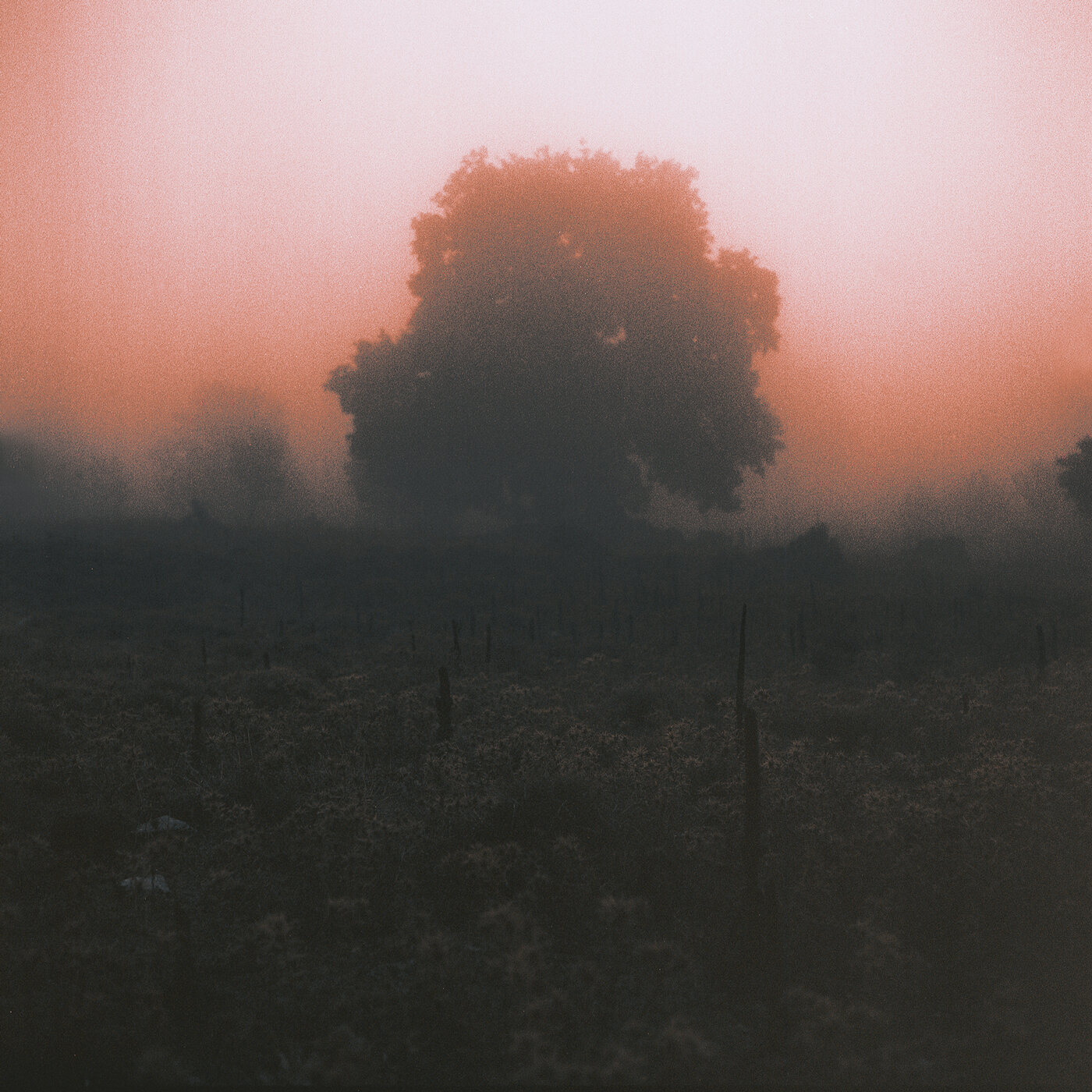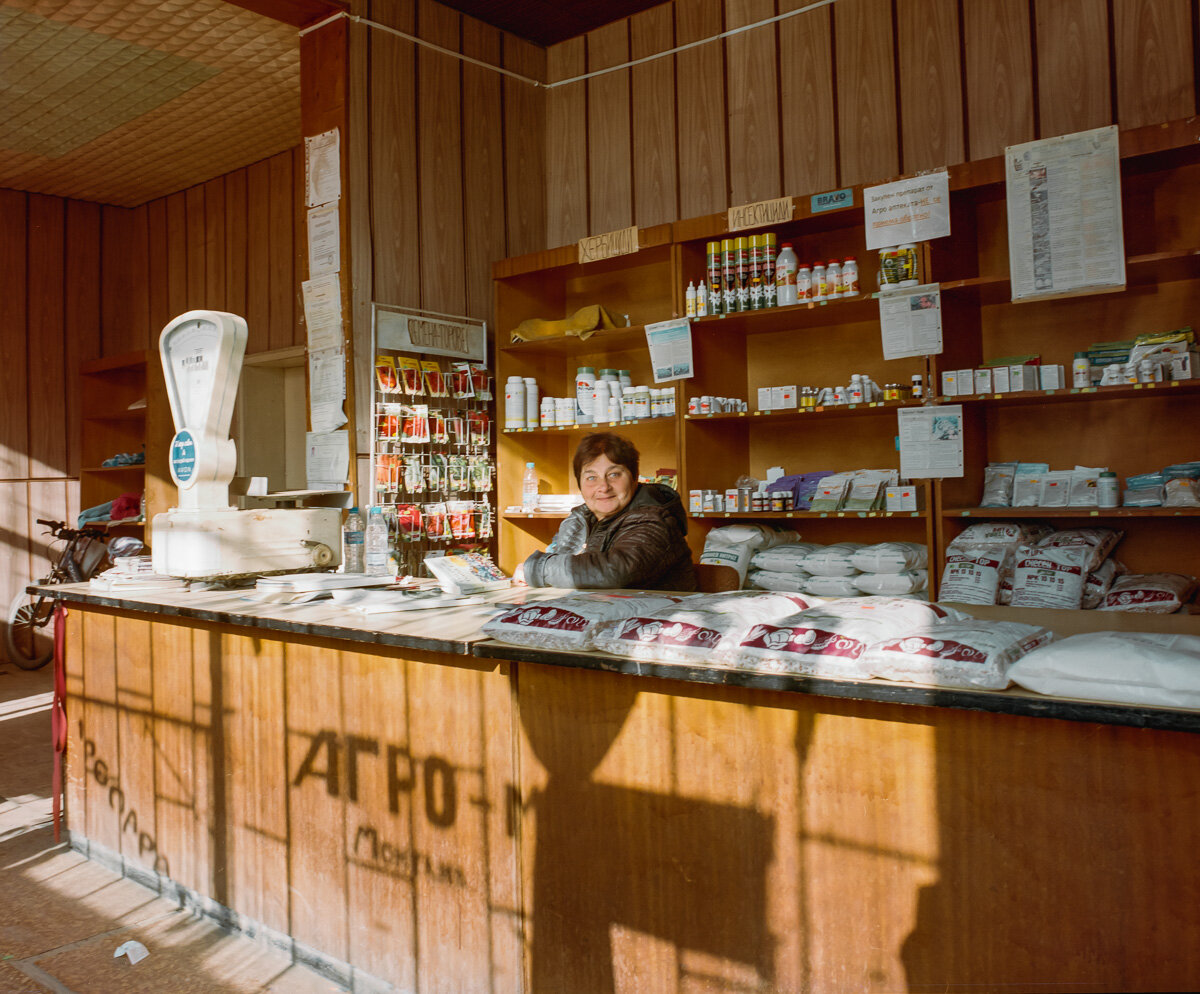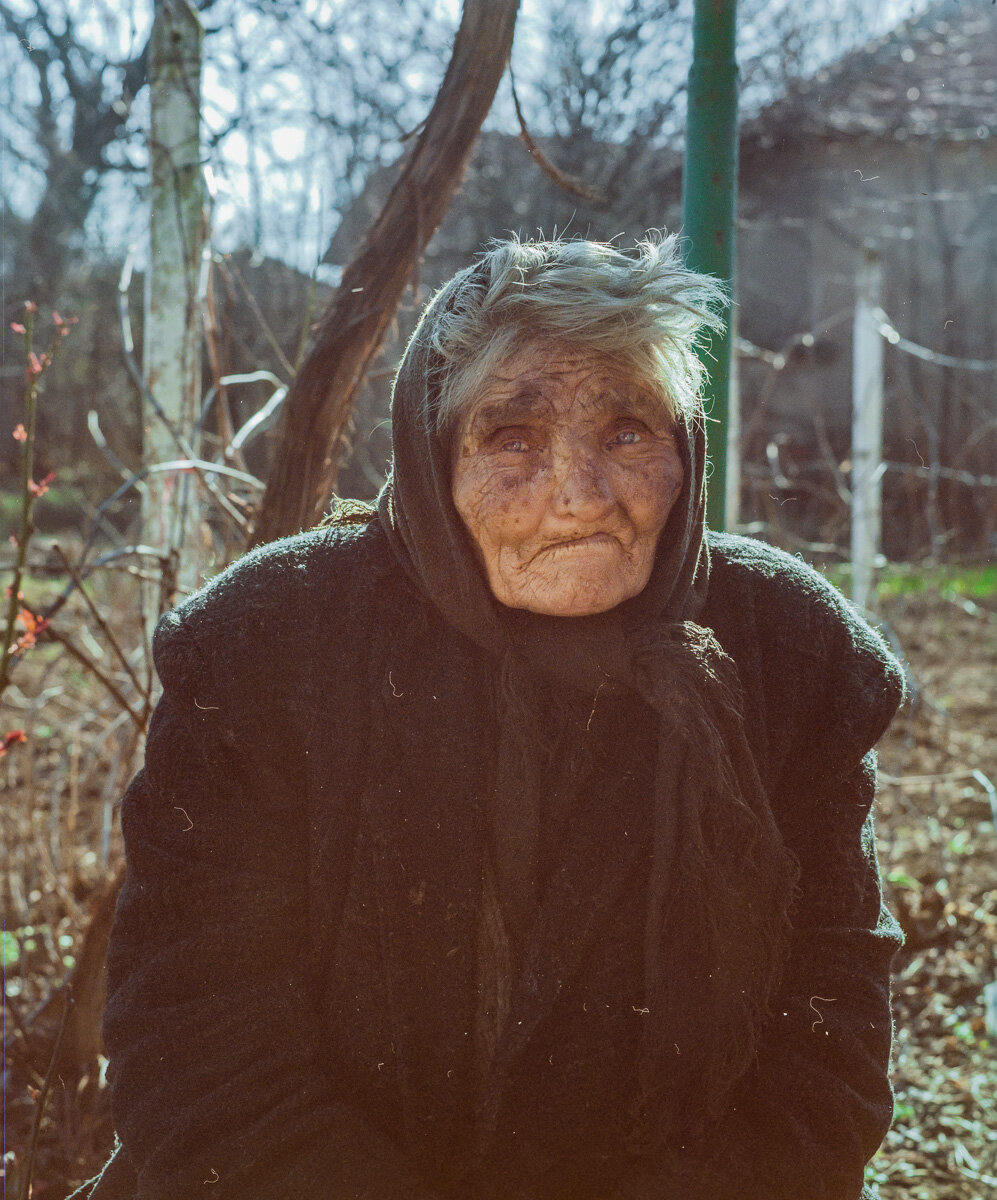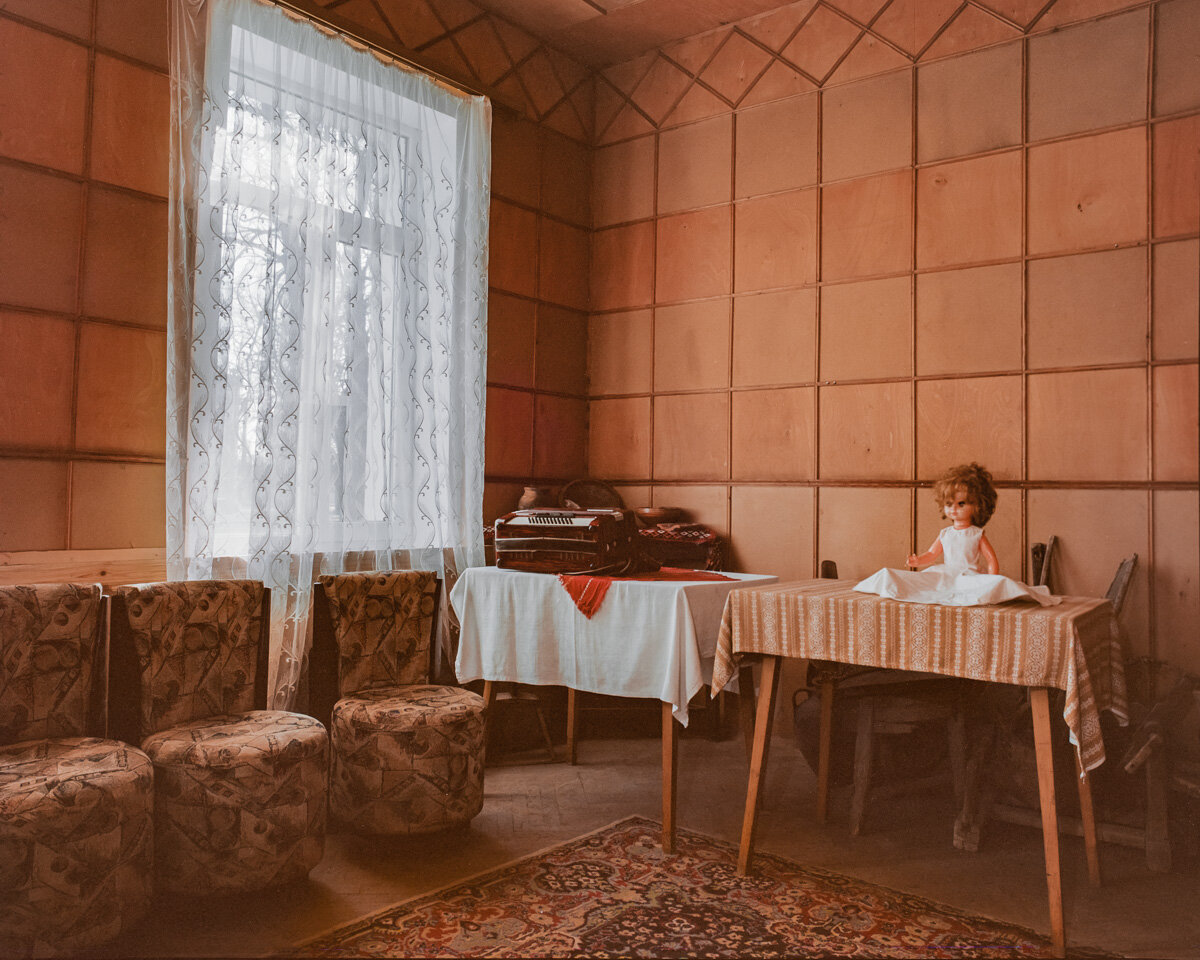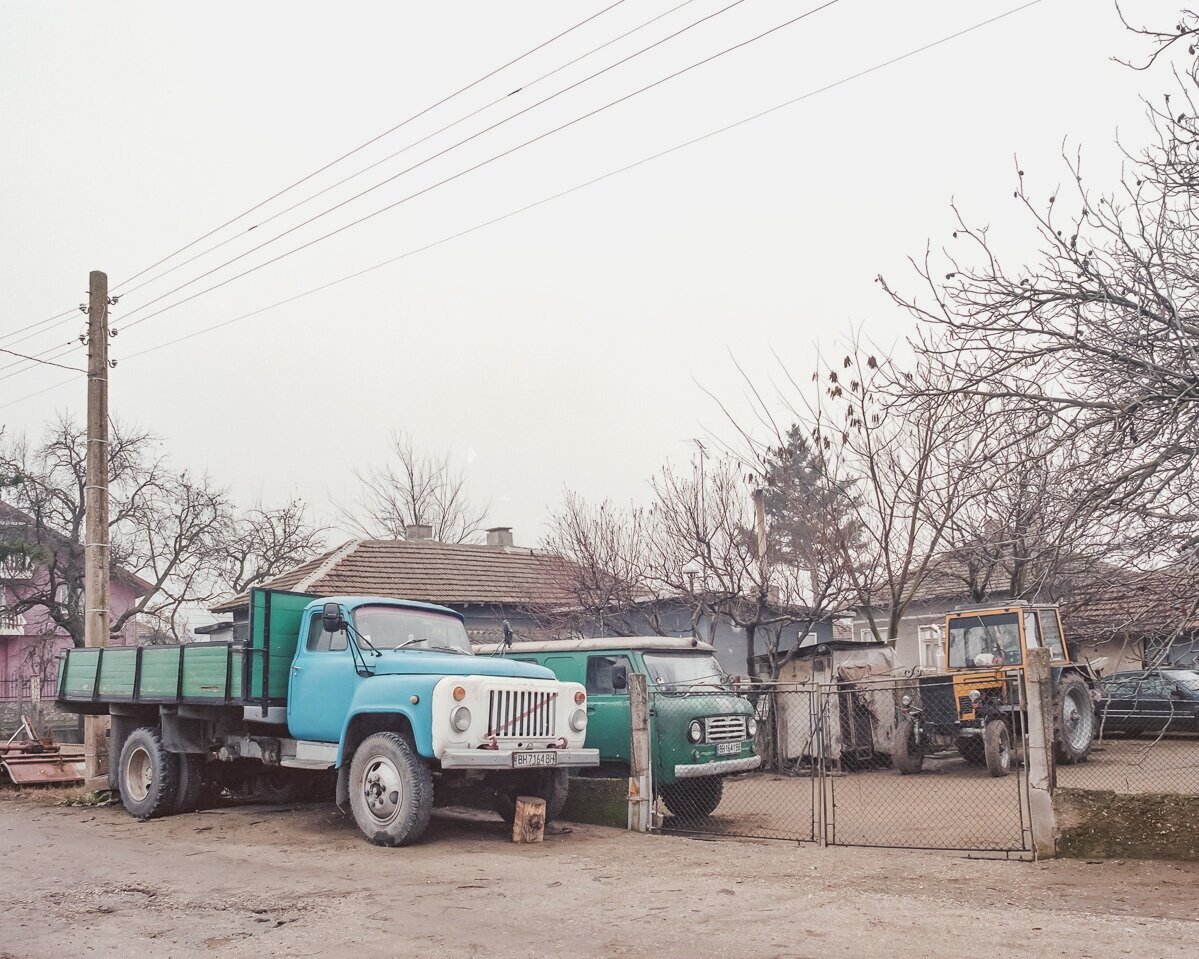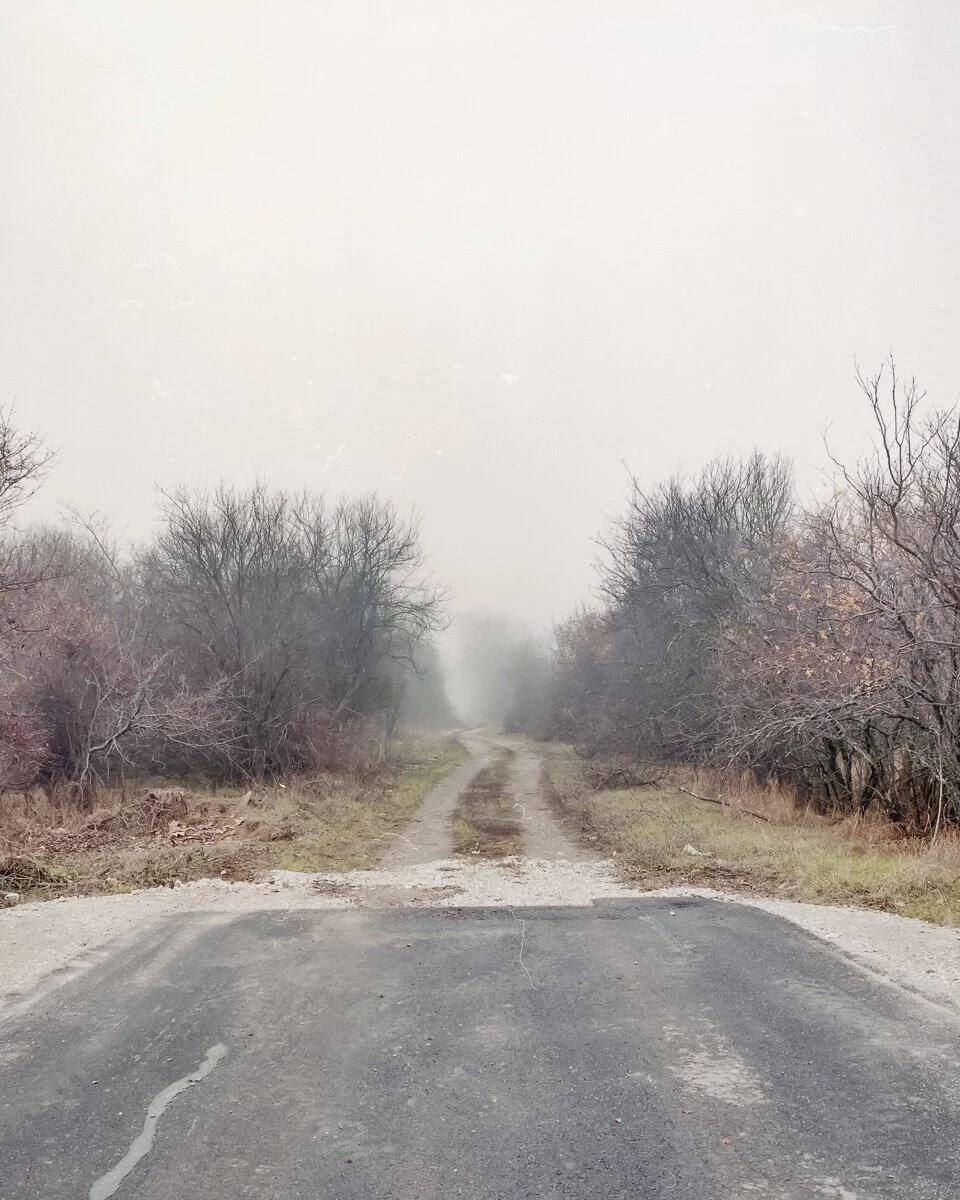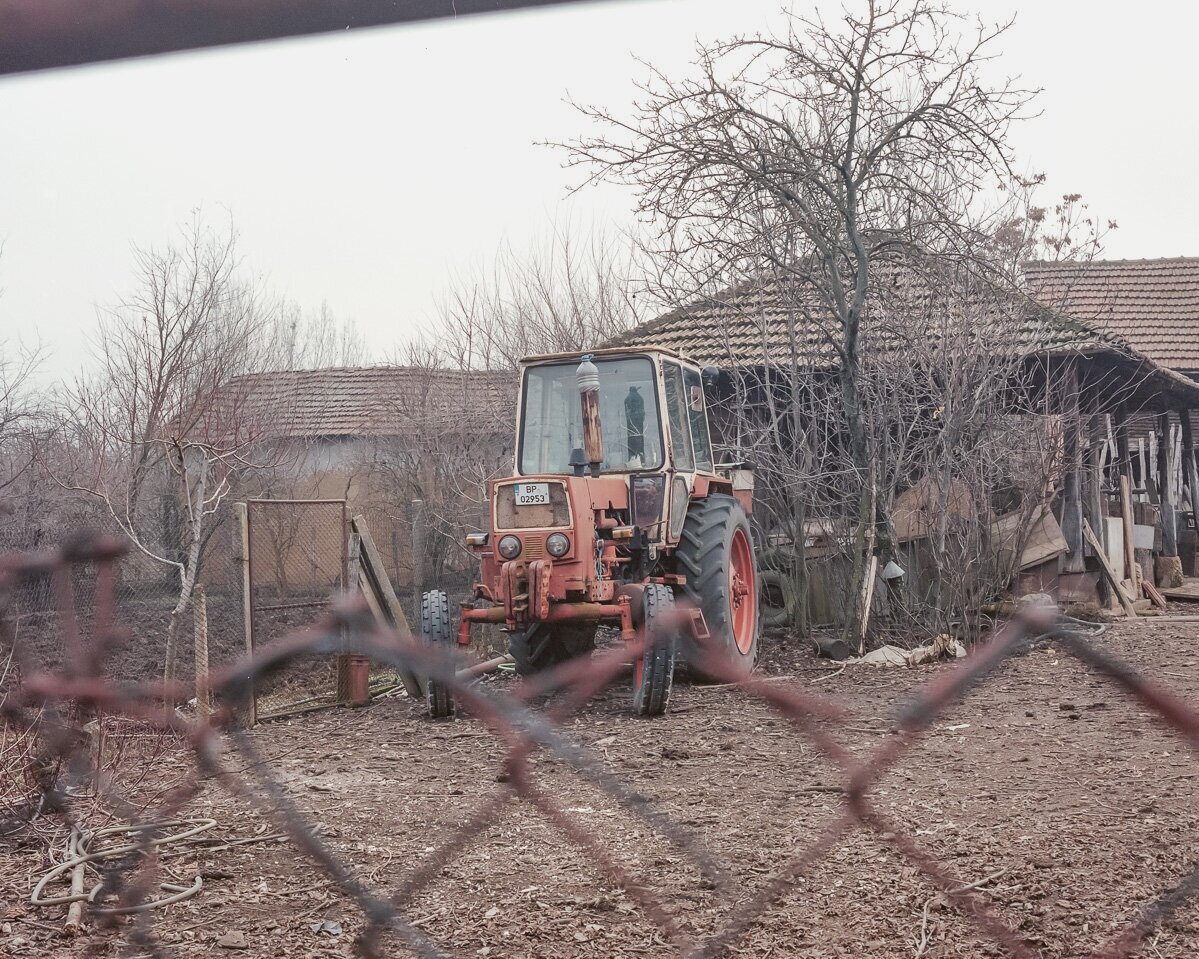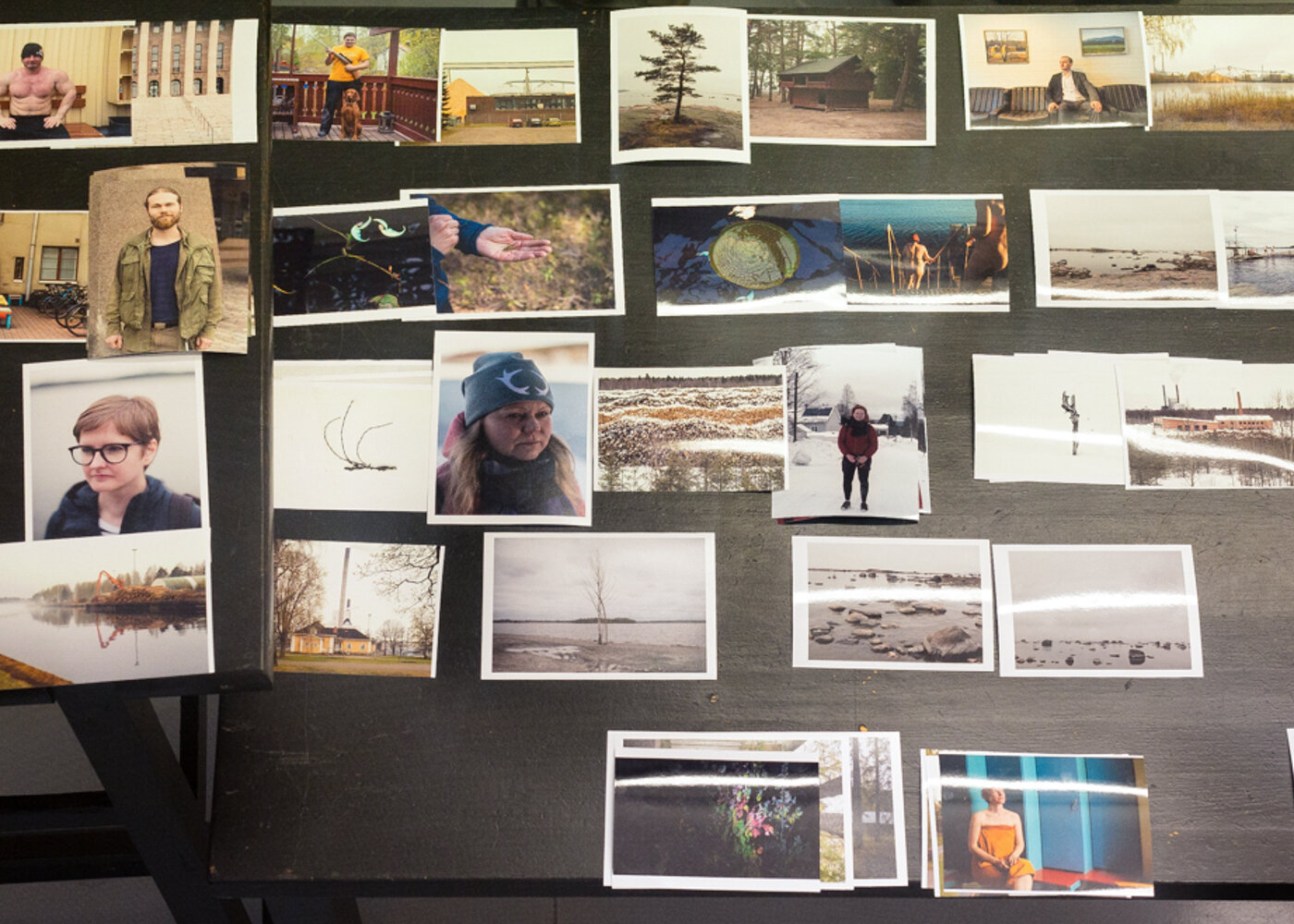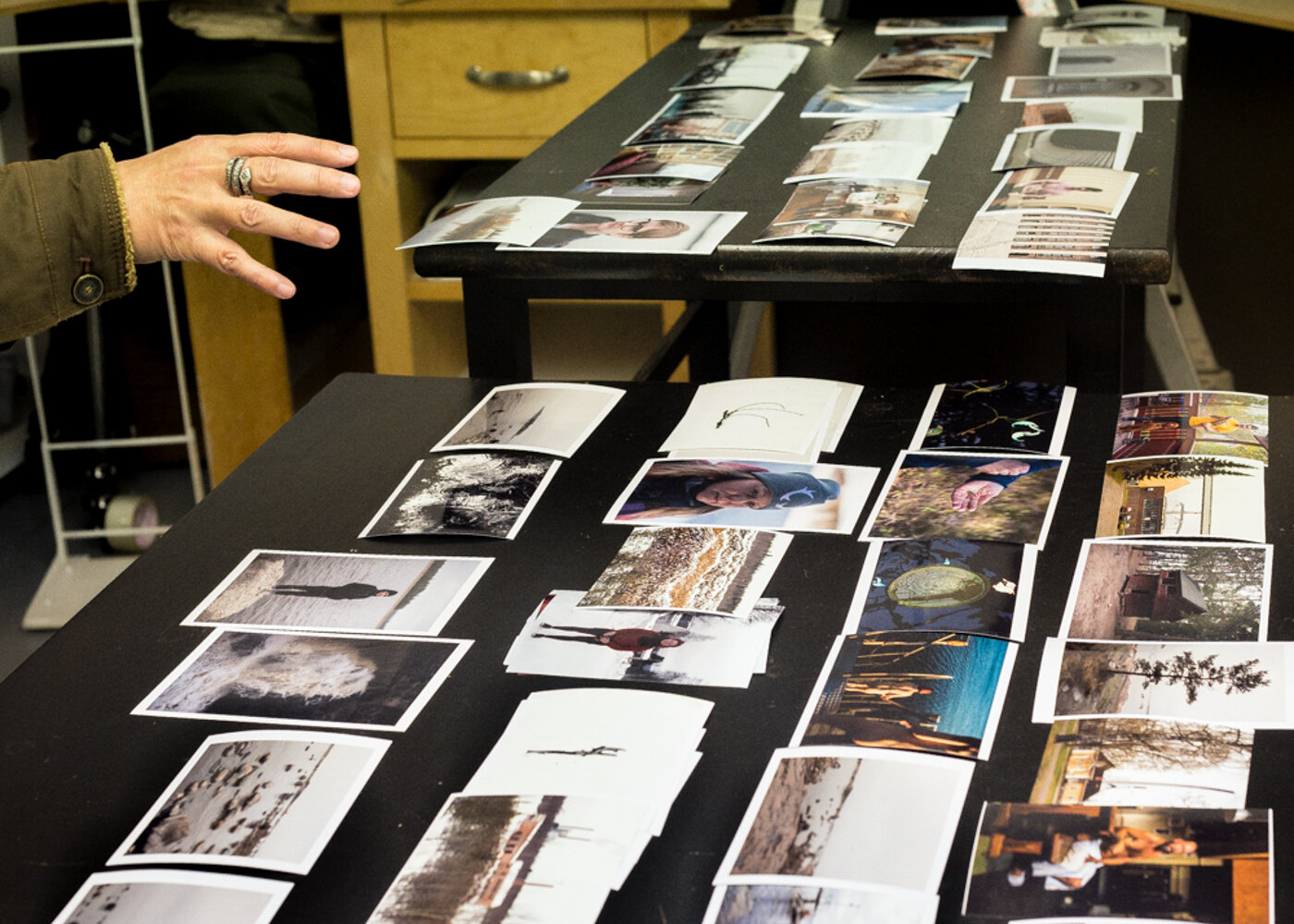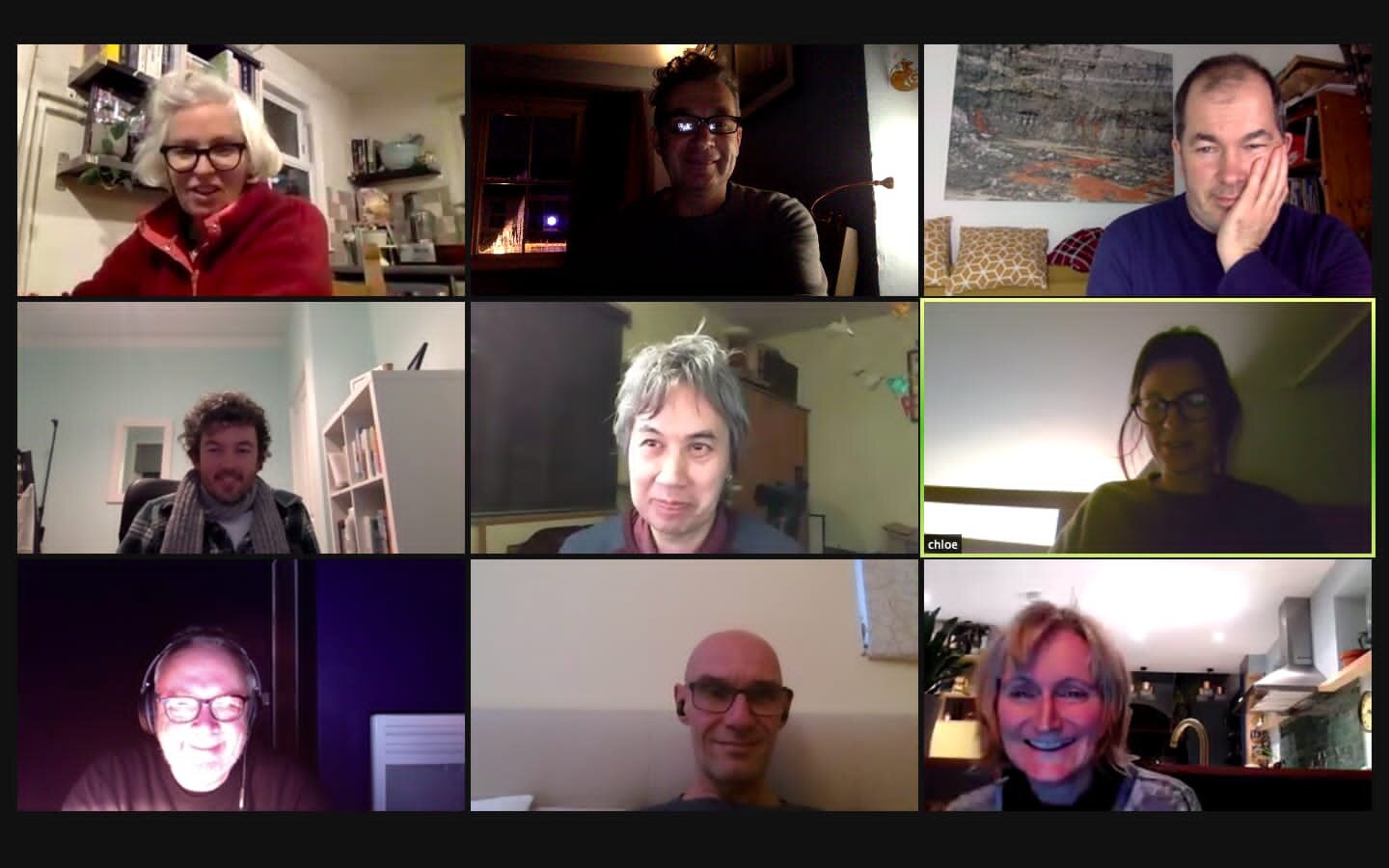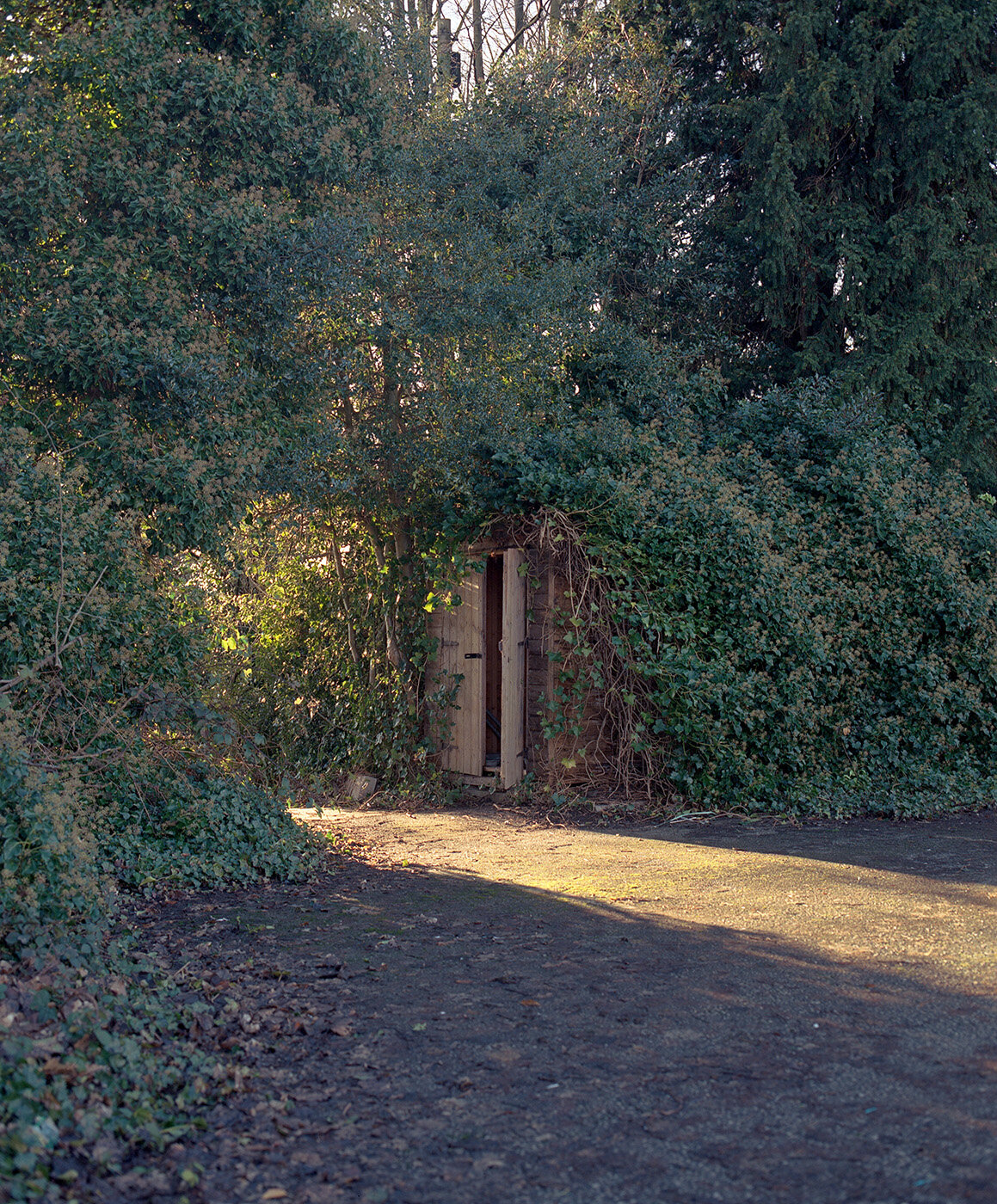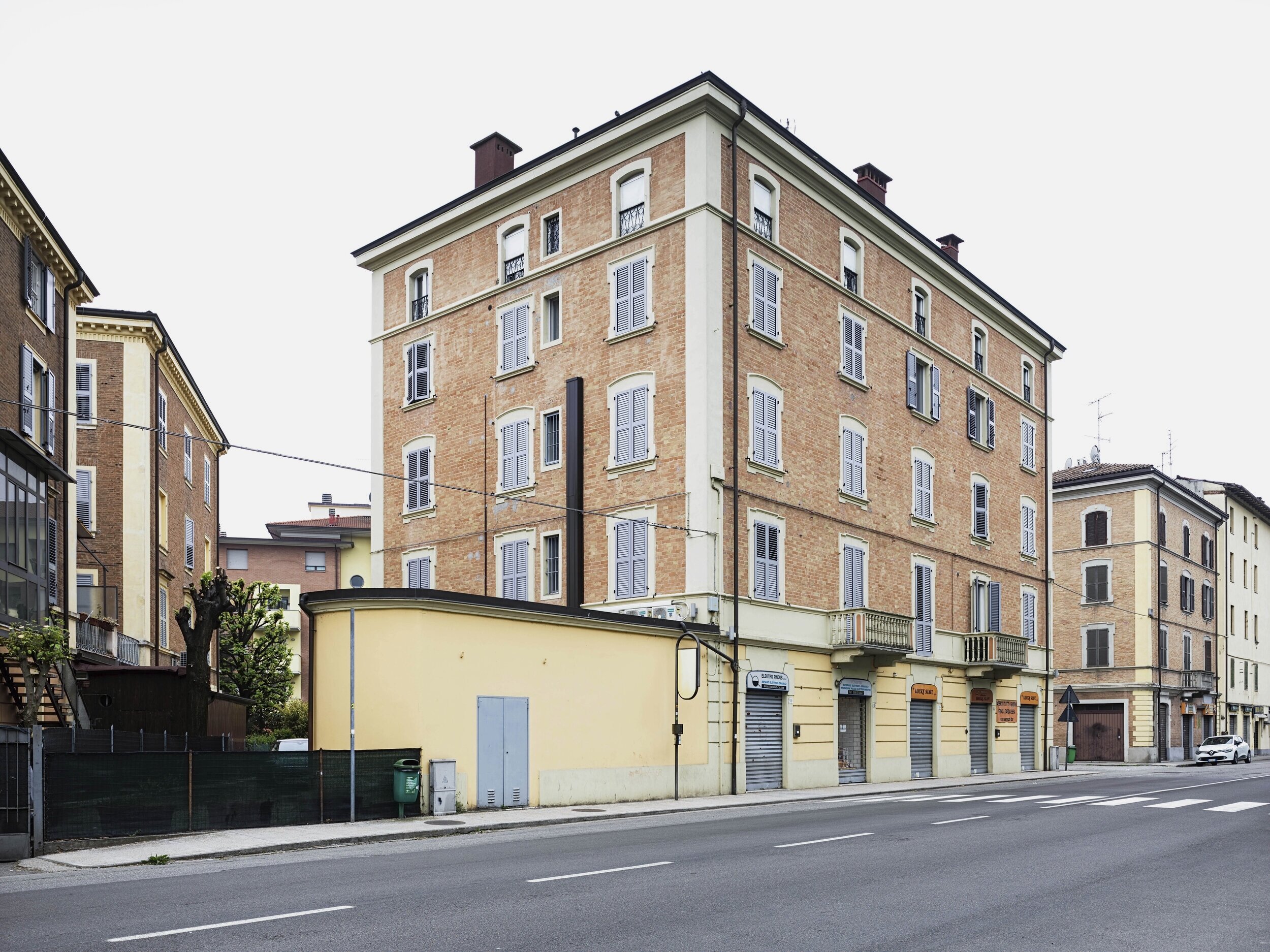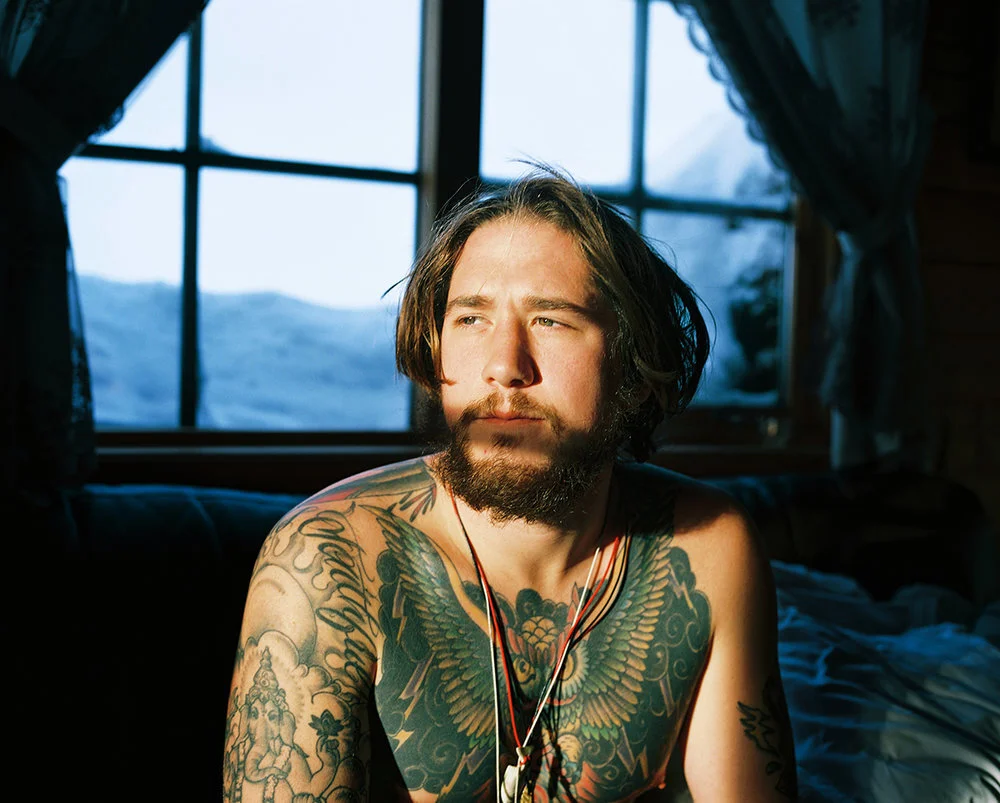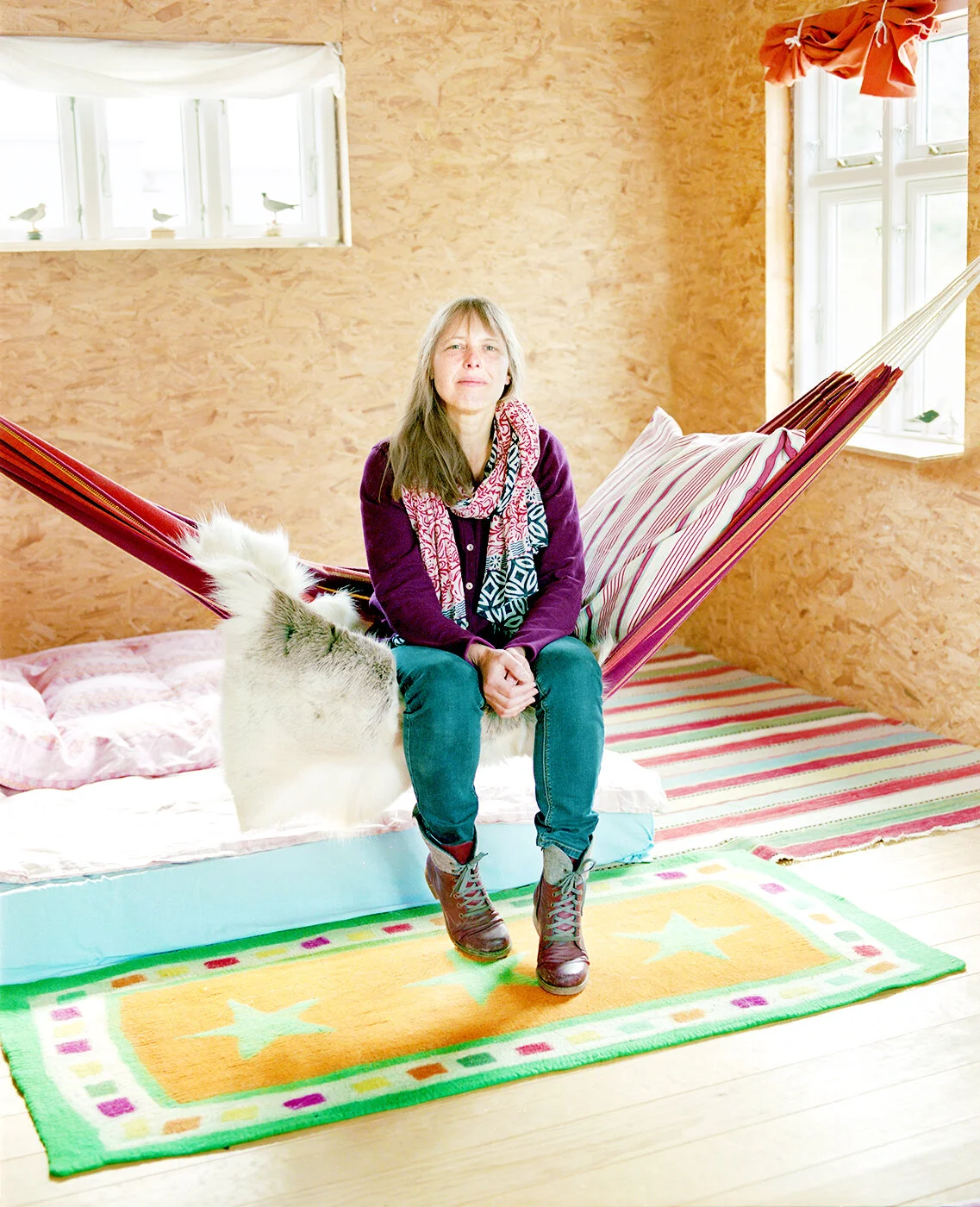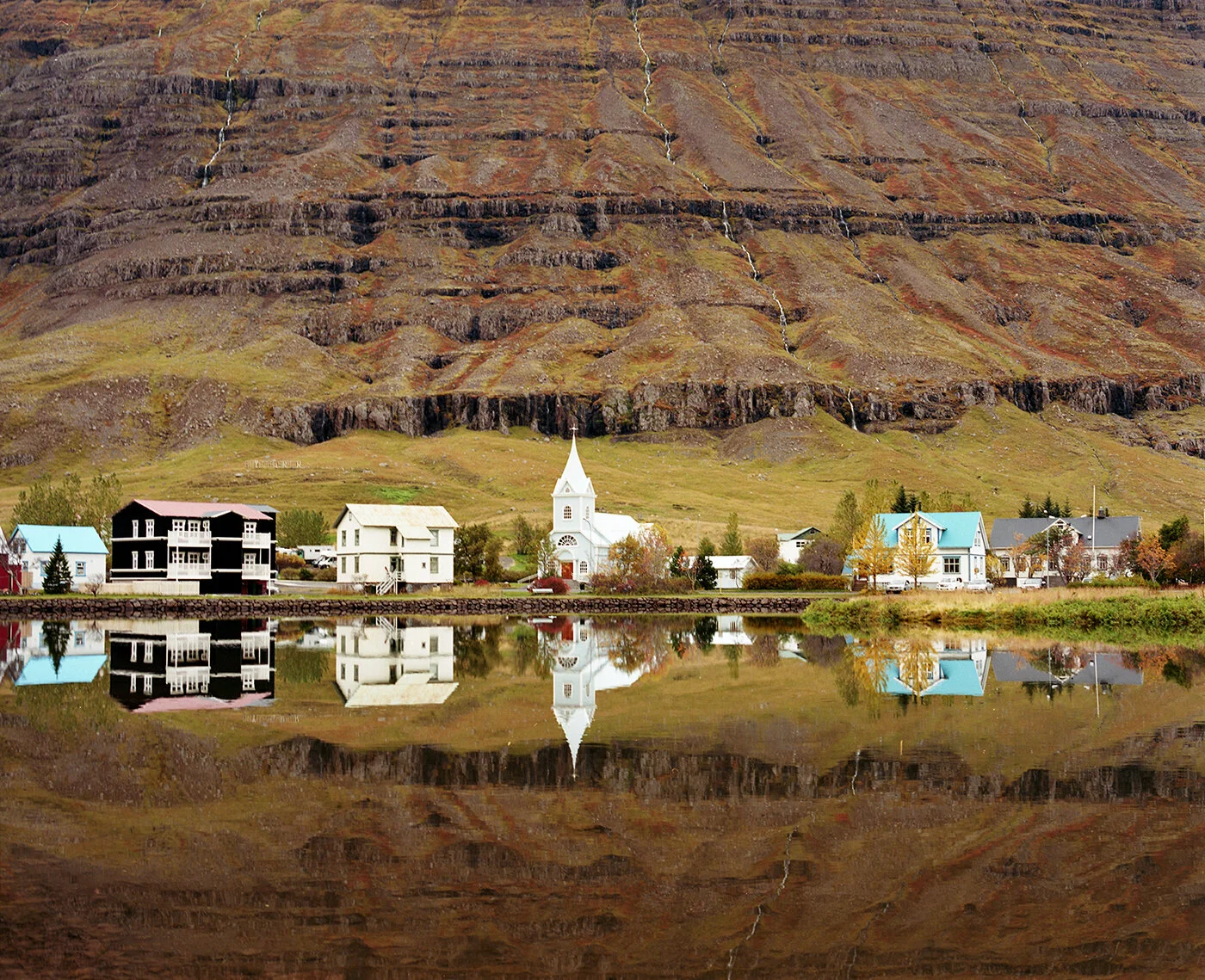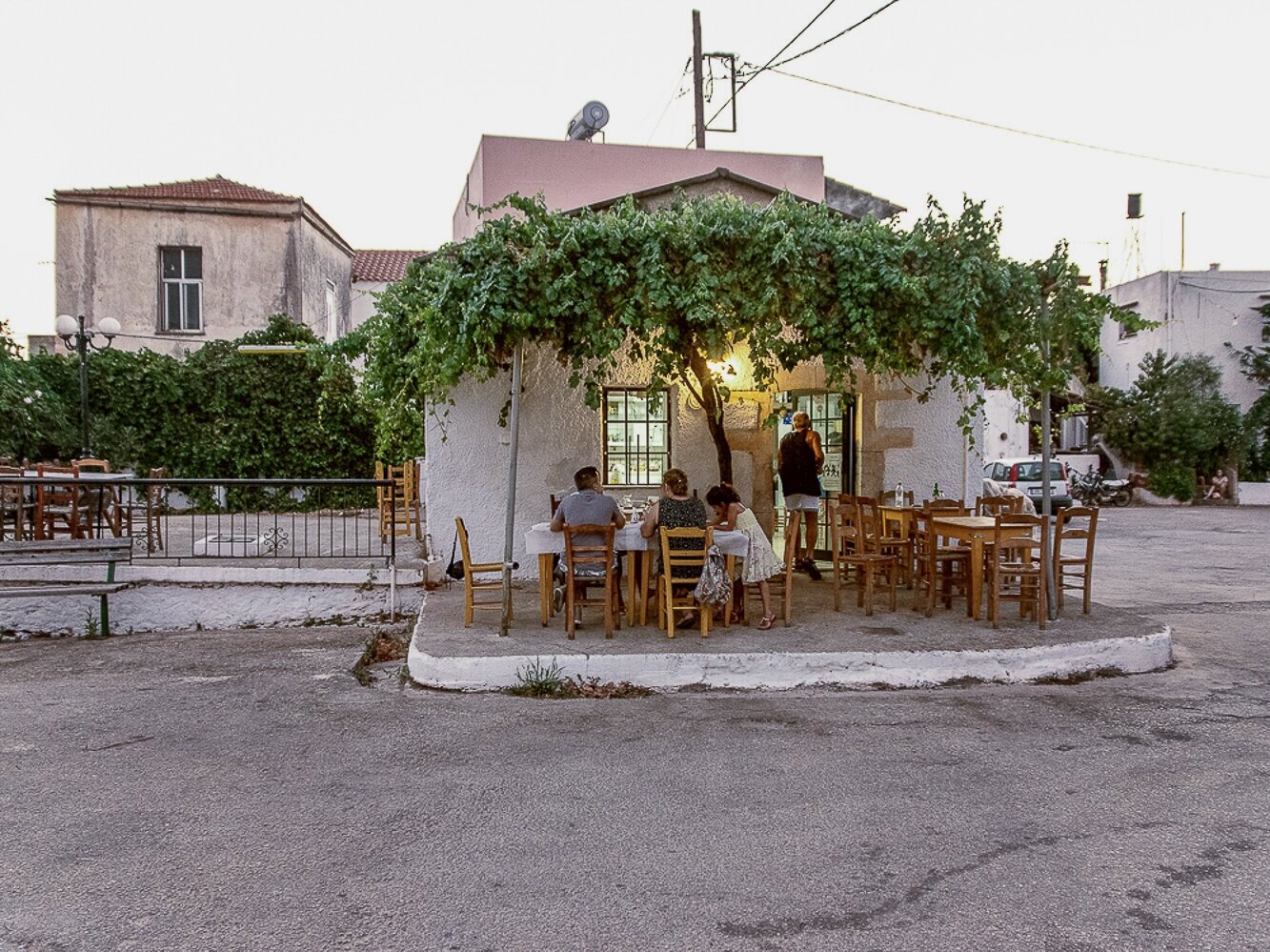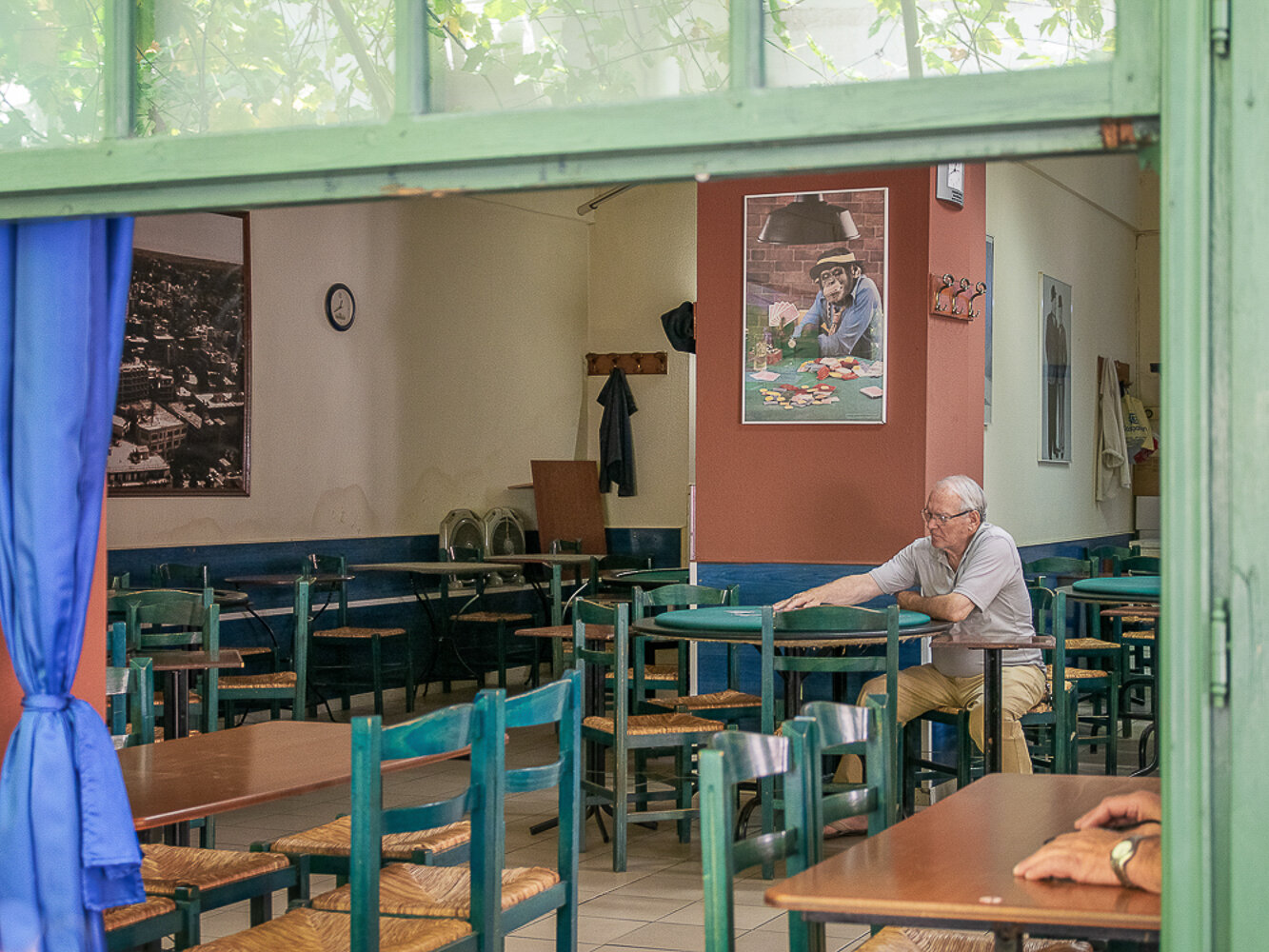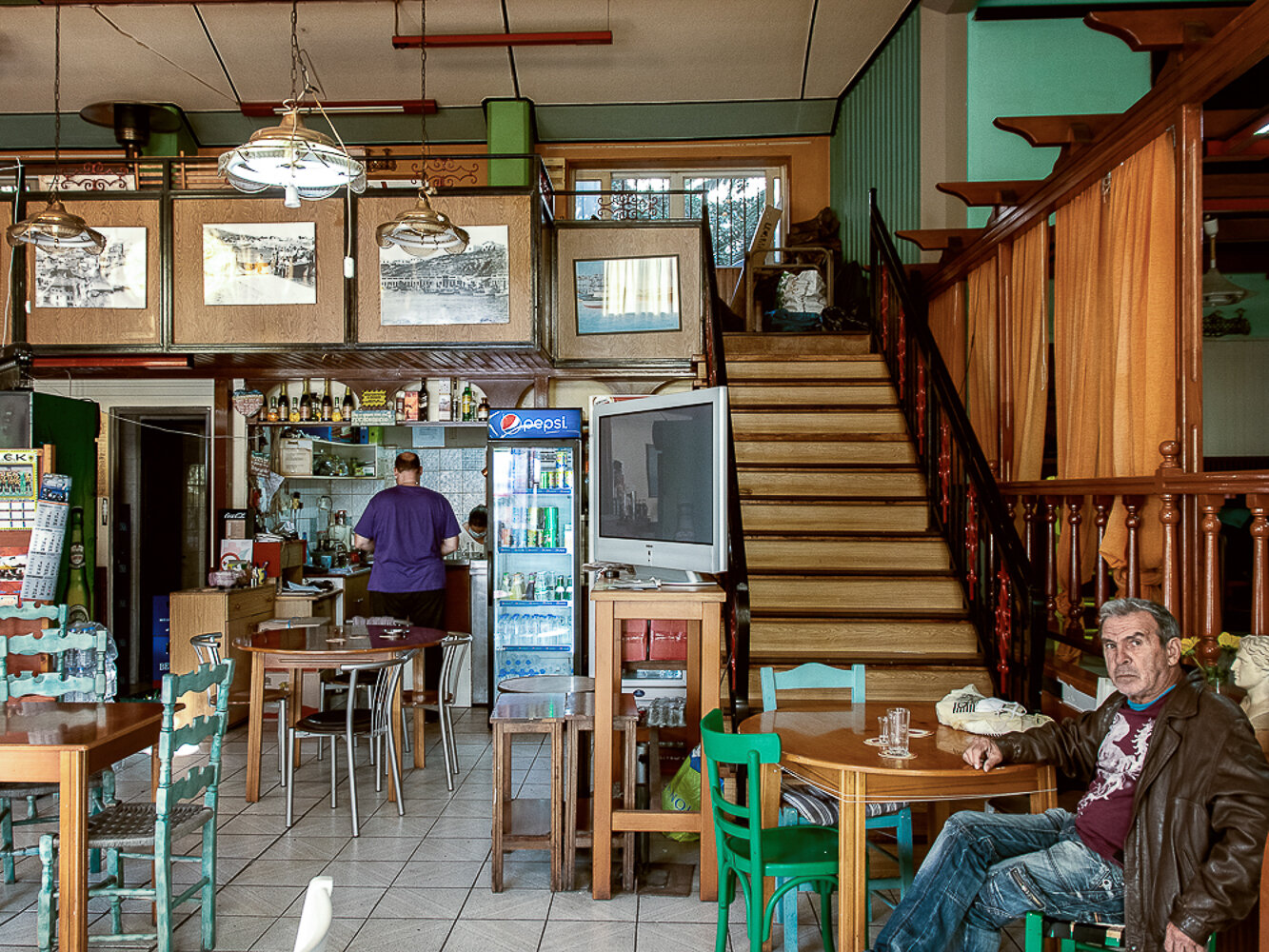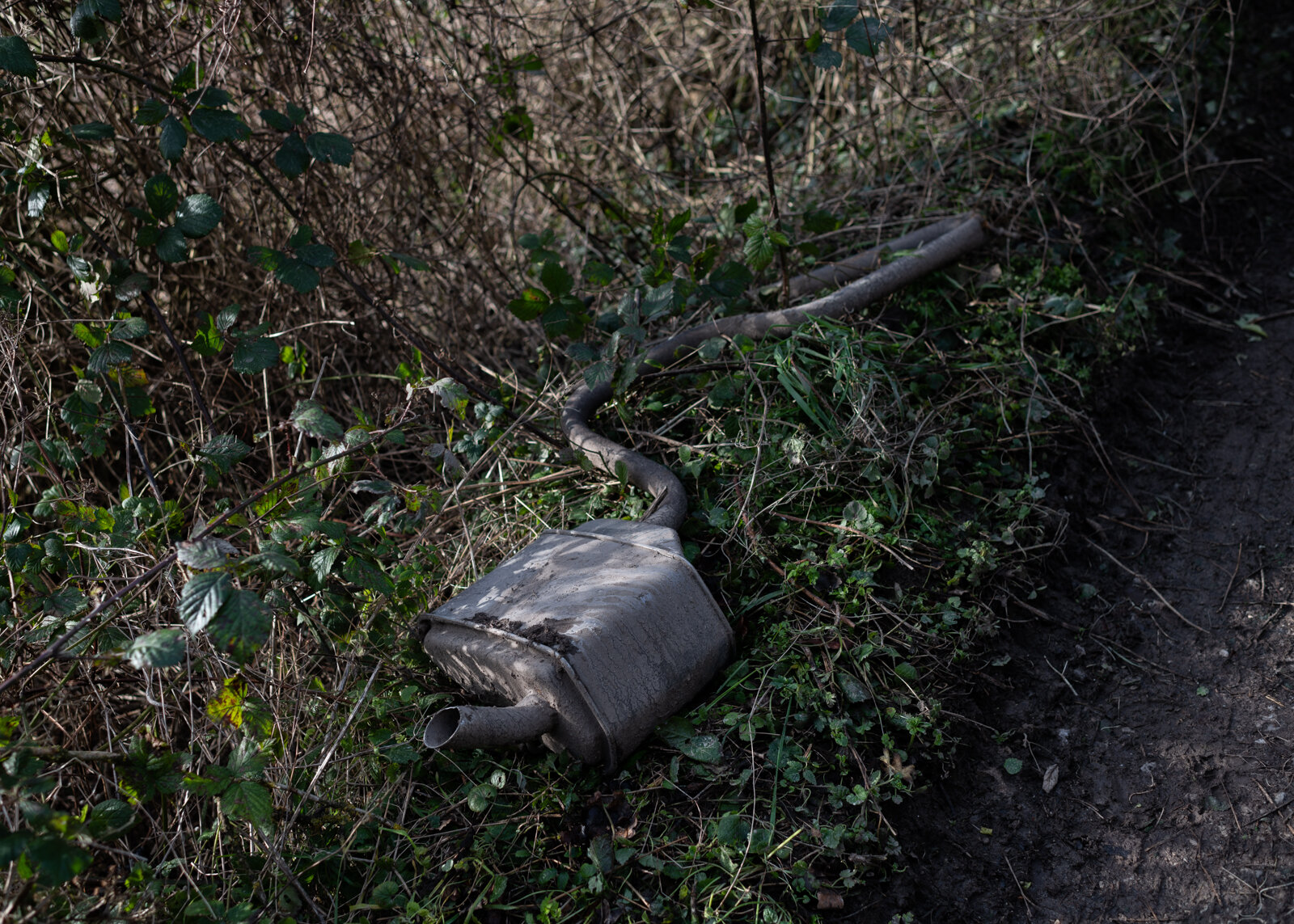Having grown up in a sleepy suburb of Munster, Westphalia, I moved to New York and lived in a former dance hall in Harlem with a group of artists in the mid 80’s. I managed to scratch a living as a painter and decorator, but I always knew I needed to create imagery in some way. The pivotal moment was when I went to see the Garry Winogrand retrospective at the MOMA. I realized that the incredible and largely ignored people around me, could, in a small way, become visible and significant through photography. With my earnings I purchased my very first camera (Nikon FE2 with a 28mm lens) and started taking pictures. I am not a great verbal communicator and struggle with my hearing, but I soon found a natural fluency through my photography. During this period, I also assisted numerous established commercial photographers who taught me about lighting and the mechanics of my trade. After a few years of studio assisting, I felt I was ready to create my own portfolio, a simple collection of black and white studio portraits. I moved to East London in the 90’s, the then, epicentre for new emerging photographers. Soon after I was booked to shoot for The Face magazine and from there I had a long spell of editorial success shooting fashion and portraits, working with many international clients & leading magazines.
In 2017 my partner and I bought an 1835 run down house in Hastings, East Sussex. Whilst renovating the building, which is ongoing, I always find a little time to take informal portraits of the people I see in my local area, many of whom I have got to know very well. Nothing is staged, I only shoot with natural light in square format which I find is the perfect proportion for me to show just enough environment.
Andreas Bleckmann is a German born photographer who spent his formative years on the streets of Manhattan with his 35mm camera. After working as a fashion photographer in London, he now lives by the sea in the fishing town of Hastings on the south coast of England.










































